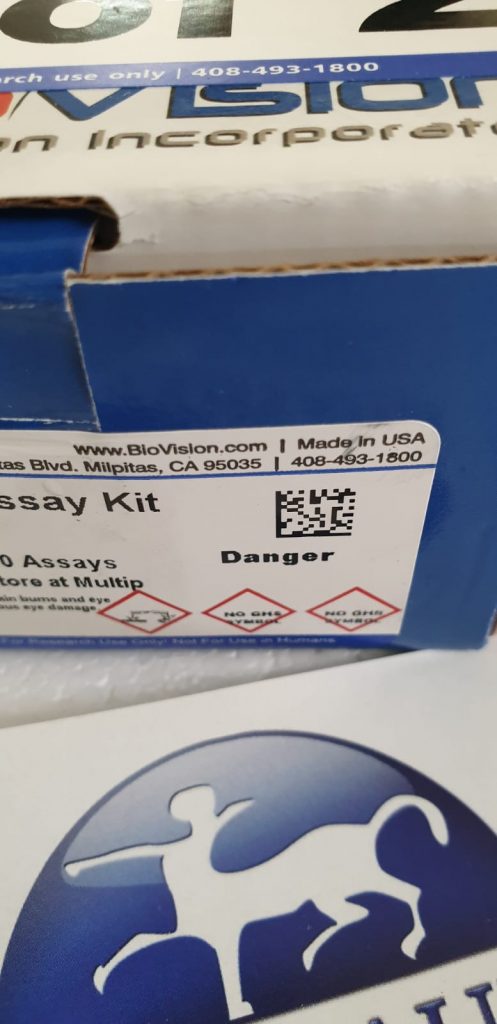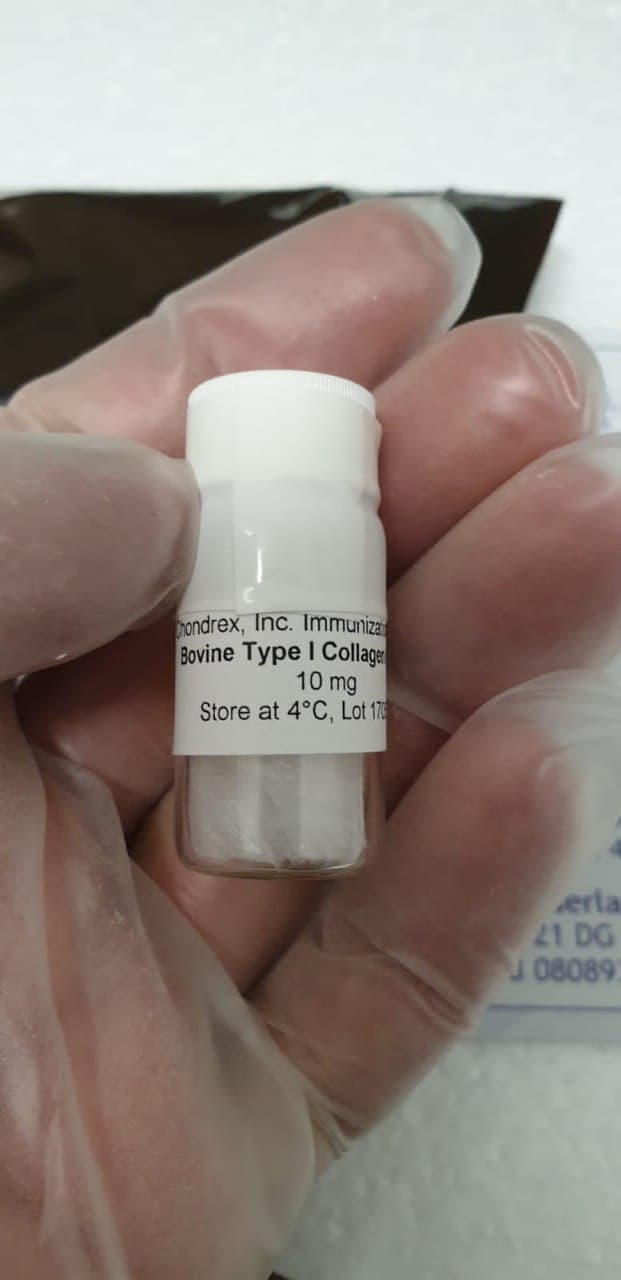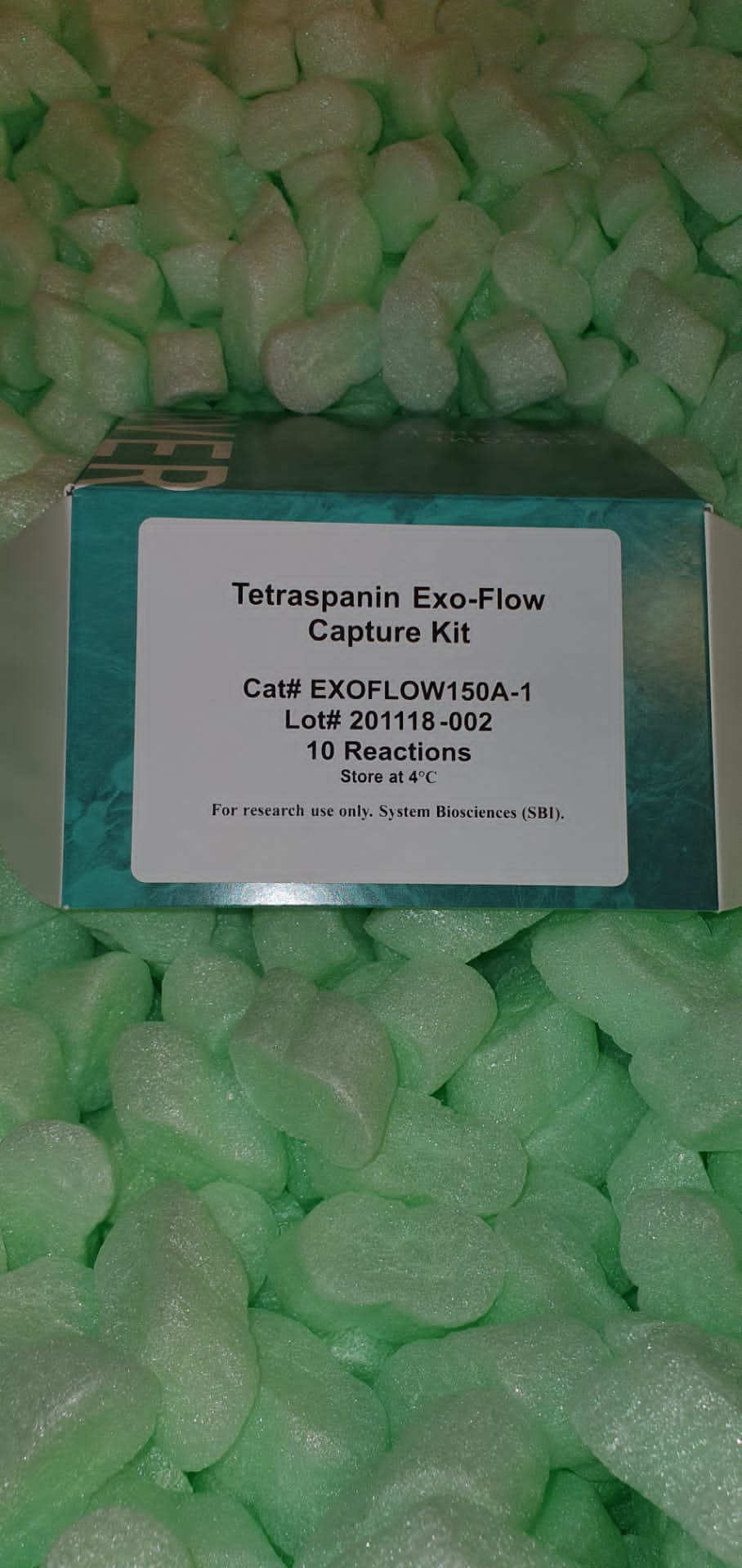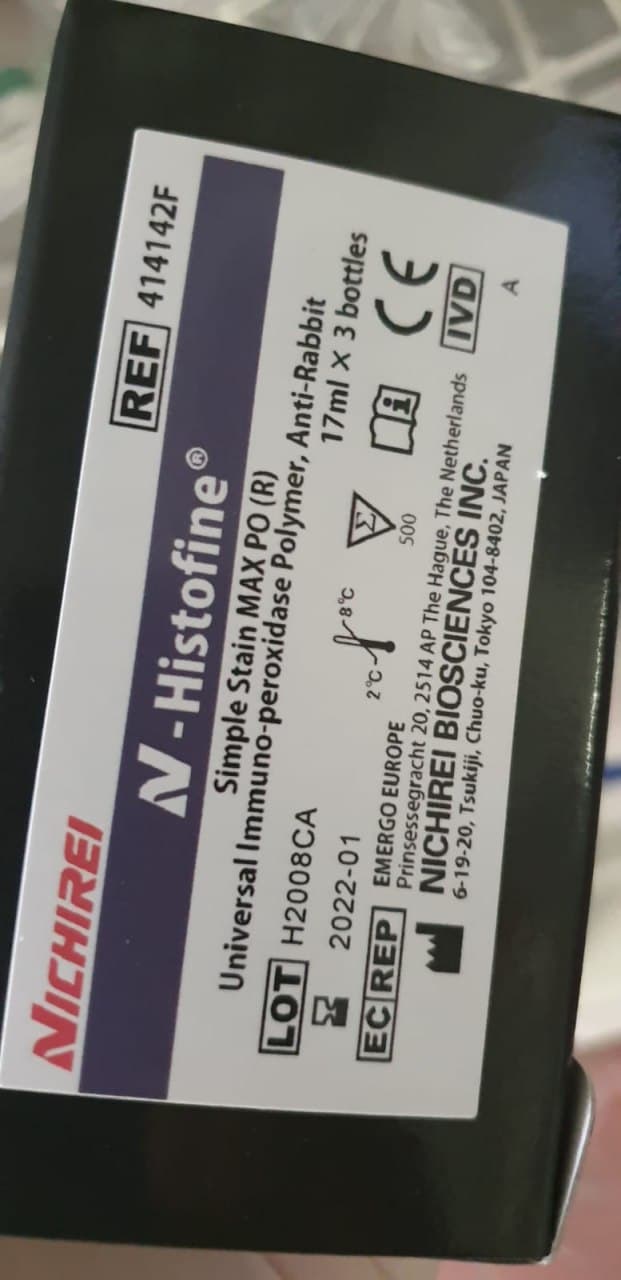Improvement and validation of a fast package for authenticity of murine meat in meat merchandise with a species-specific PCR assay.
Adulteration of meat merchandise with murine meat poses an enormous risk to shopper well being and results in critical disruption in meals markets. Species authentication of murine meat continues to be technically difficult. We, subsequently, developed a species-specific PCR package consisting of murine meat DNA extraction, PCR response and figuring out programs.
We designed novel common primers focusing on extremely conserved area on mitochondrial cytochrome b gene (cyt b) from 4 murines (lab rats, lab mice, wild rat and wild mice), in addition to particular primers for meat from 4 extensively consumed animal species, cattle, sheep, duck and donkey.
Concurrently, pasmid inserted particular cyt b fragment was cloned and used as the interior positve management within the package. The package parameters of specificity, sensitivity, stability and validity had been decided utilizing mimic counterfeiting meatball. The specificity of the DNA detection package was 100% in authentication of the 4 fraudulent meats of cattle, sheep, duck and donkey blended murine meat. The minimal detection restrict of the pattern DNA was 0.1 μg.
The package, which had freeze-thawed as much as 20 instances and saved for 1 yr, additionally was highly effective in detecting an quantity of 0.1 mg in synthetic counterfeited cattle, sheep, duck and donkey meat merchandise. The murine-species DNA detection package proposed on this research has proved to be a easy, correct and efficient assay, and may be utilized to the identification of murine meat traces in widespread edible meat, to make sure the realisable implementation of meat product market supervision.

[Linking template=”default” type=”products” search=” SynBlock containing ELISA Blocking Buffer” header=”1″ limit=”100″ start=”2″ showCatalogNumber=”true” showSize=”true” showSupplier=”true” showPrice=”true” showDescription=”true” showAdditionalInformation=”true” showImage=”true” showSchemaMarkup=”true” imageWidth=”” imageHeight=””]
Multianalyte azo dye as an on-site assay package for colorimetric detection of Hg2+ions and electrochemical sensing of Zn2+ ions.
A brand new tailored colorimetric chemosensor, (E)-1-(benzo[d]thiazol-2-yl)-3-(pyridin-3-yldiazenyl)naphthalen-2-ol (1), containing benzothiazole and pyridine moieties linked via an azo (-N=N-) linkage has been designed and synthesized. The synthesized chemosensor displayed an attention grabbing shade change upon binding to acetate [AcO–;colorless to russet] and mercury (II) [Hg2+;colorless to greenish blue] ions in 9:1 (v/v) aqueous CH3CN (pH 7.Zero HEPES buffer).
The mechanism of interplay between the chemosensor and the Hg2+/AcO– ions has been confirmed by 1H NMR titration experiments. Furthermore, the colorimetric chemosensor 1 displayed potential in-field purposes as on-site assay package and detection of Hg2+ ions in actual water samples. Importantly chemosensor 1 gave selective electrochemical response in the direction of Zn2+ ions, enabling easy azo-dye 1 as multichannel chemosensor for colorimetric detection of Hg2+ ions and electrochemical detection of Zn2+ ions.
Comparability of Business ELISA Kits, a Prototype Multiplex Electrochemoluminescent Assay, and a Multiplex Bead-Based mostly Immunoassay for Detecting a Urine-Based mostly Bladder-Most cancers-Related Diagnostic Signature.
The flexibility to precisely measure a number of proteins concurrently in a single assay has the potential to markedly enhance the effectivity of medical exams composed of a number of biomarkers. We investigated the diagnostic accuracy of the 2 multiplex protein array platforms for detecting a bladder-cancer-associated diagnostic signature in samples from a cohort of 80 topics (40 with bladder most cancers).
Banked urine samples collected from Kyoto and Nara Universities had been in comparison with histologically decided bladder most cancers. The concentrations of the 10 proteins (A1AT; apolipoprotein E-APOE; angiogenin-ANG; carbonic anhydrase 9-CA9; interleukin 8-IL-8; matrix metalloproteinase 9-MMP-9; matrix metalloproteinase 10-MMP10; plasminogen activator inhibitor 1-PAI-1; syndecan-SDC1; and vascular endothelial progress factor-VEGF) had been monitored utilizing two prototype multiplex array platforms and an enzyme-linked immunosorbent assay (ELISA) in line with the producer’s technical specs.
The vary for detecting every biomarker was improved within the multiplex assays, although the decrease restrict of quantification (LLOQ) was sometimes decrease within the business ELISA kits. The world below the receiver working traits (AUROC) of the prototype multiplex assays was reported to be 0.97 for the multiplex bead-based immunoassay (MBA) and 0.86 for the multiplex electrochemoluminescent assay (MEA). The sensitivities and specificities for MBA had been 0.93 and 0.95, respectively, and for MEA had been 0.85 and 0.80, respectively.
Accuracy, optimistic predictive values (PPV), and detrimental predictive values (NPV) for MBA had been 0.94, 0.95, and 0.93, respectively, and for MEA had been 0.83, 0.81, and 0.84, respectively. Based mostly on these encouraging preliminary information, we consider {that a} multiplex protein array is a viable platform that may be utilized as an environment friendly and extremely correct instrument to quantitate a number of proteins inside biologic specimens.
[Linking template=”default” type=”products” search=” Green Pyroptosis/Caspase-1 Assay” header=”2″ limit=”150″ start=”3″ showCatalogNumber=”true” showSize=”true” showSupplier=”true” showPrice=”true” showDescription=”true” showAdditionalInformation=”true” showImage=”true” showSchemaMarkup=”true” imageWidth=”” imageHeight=””]




